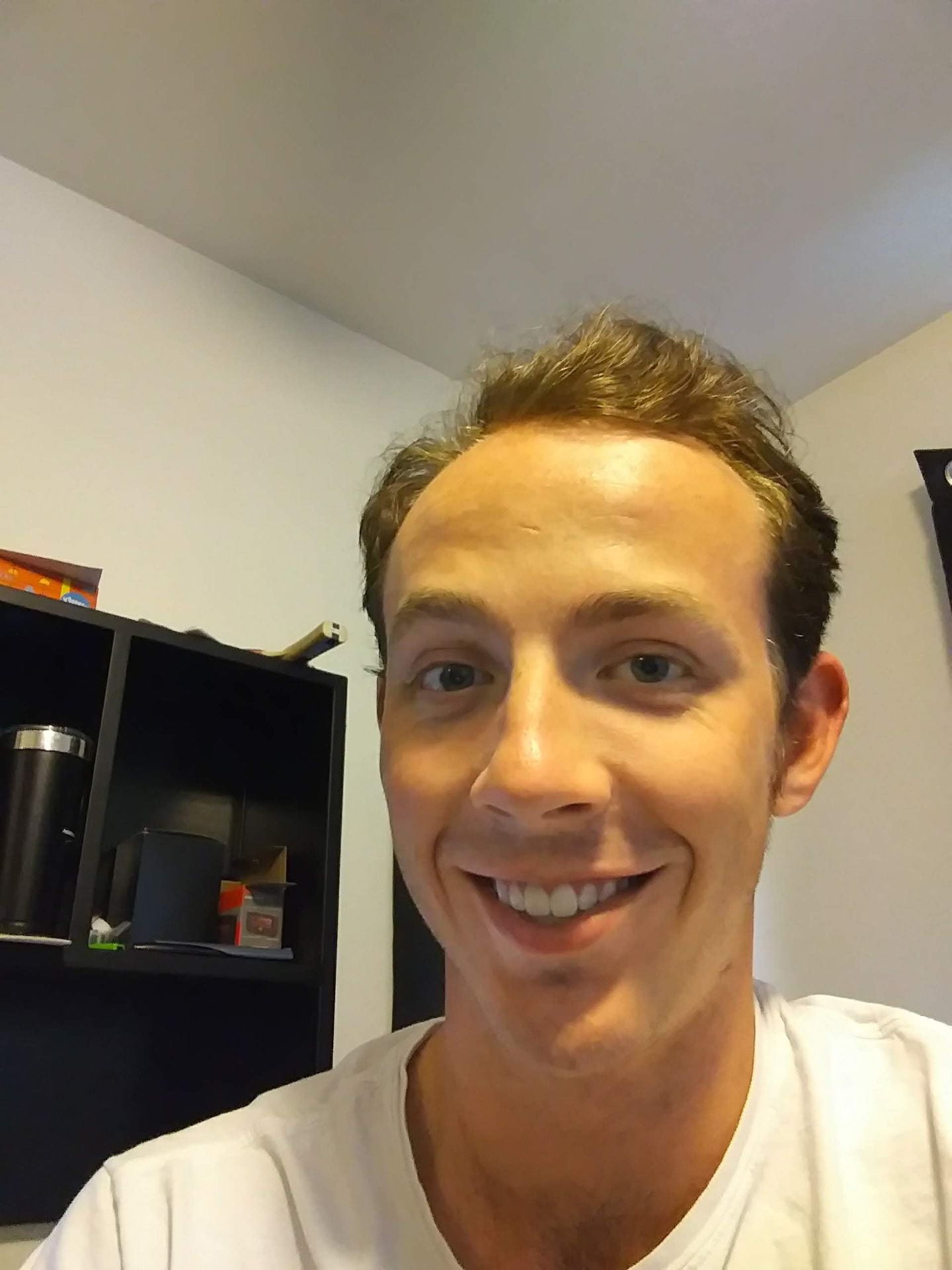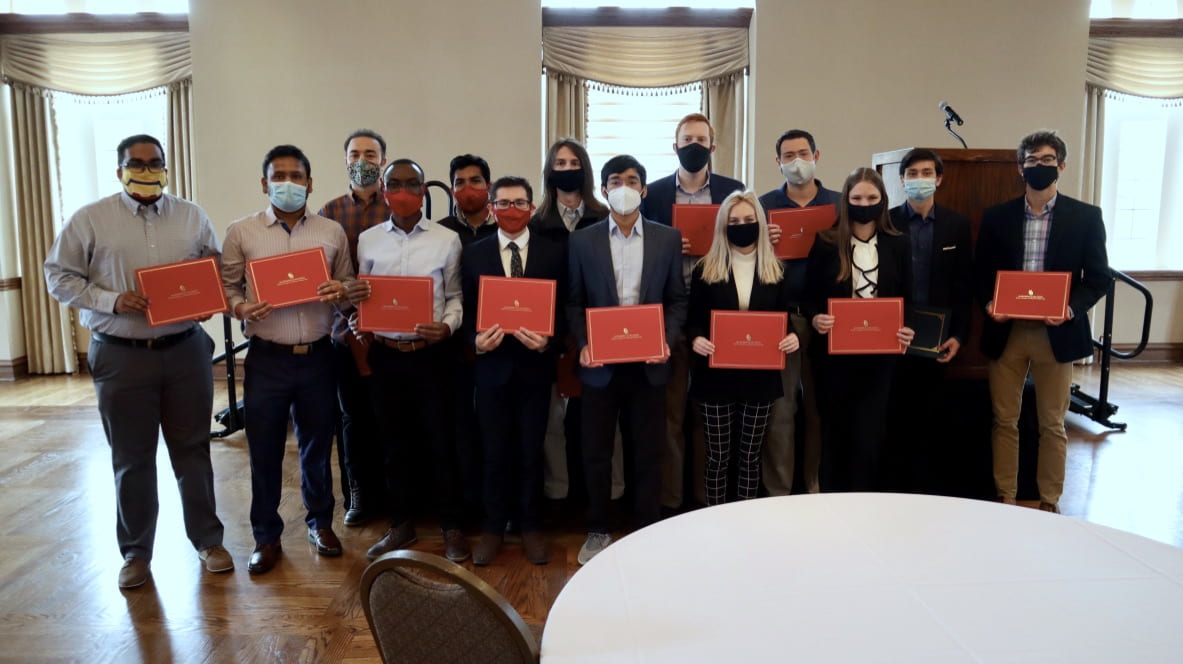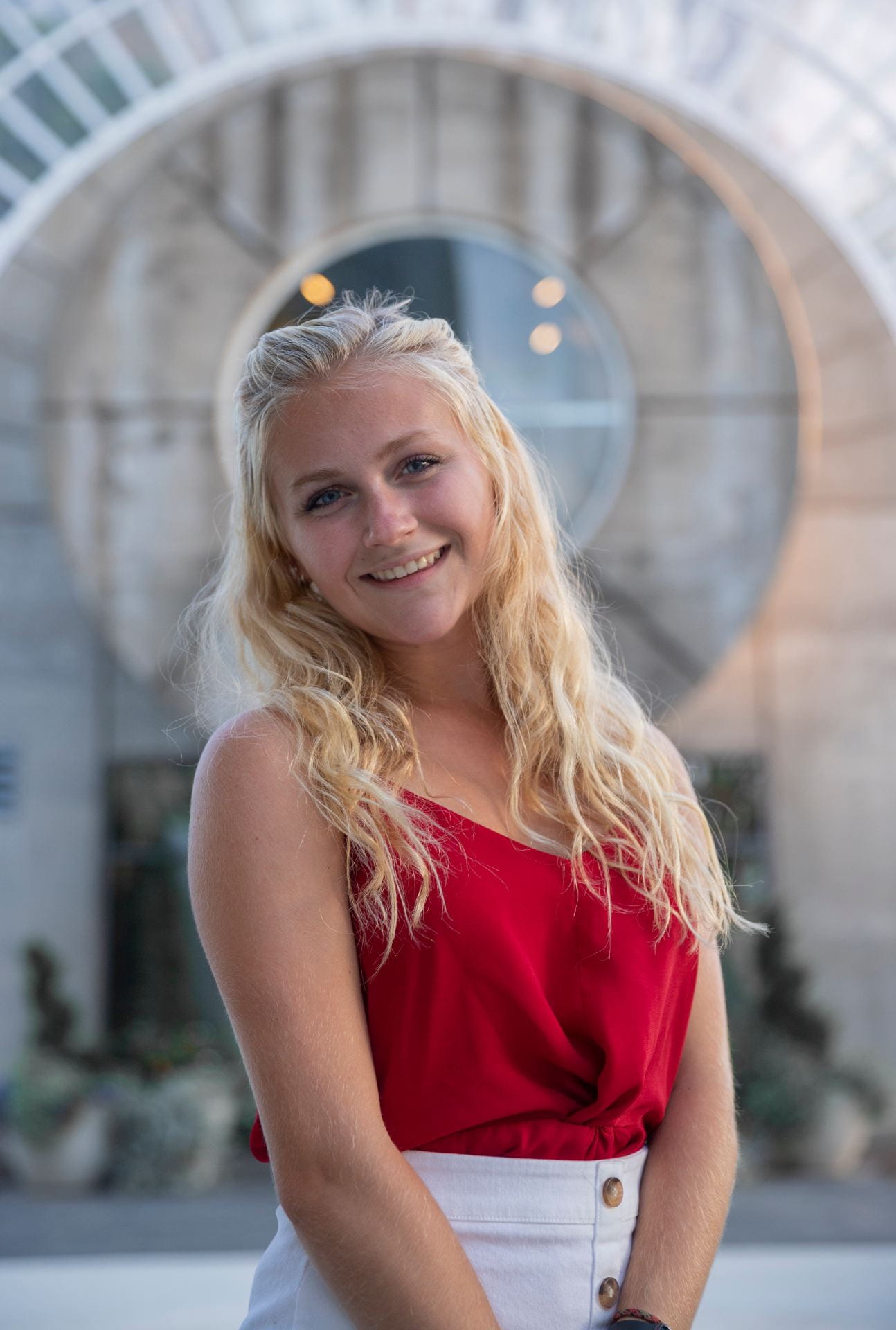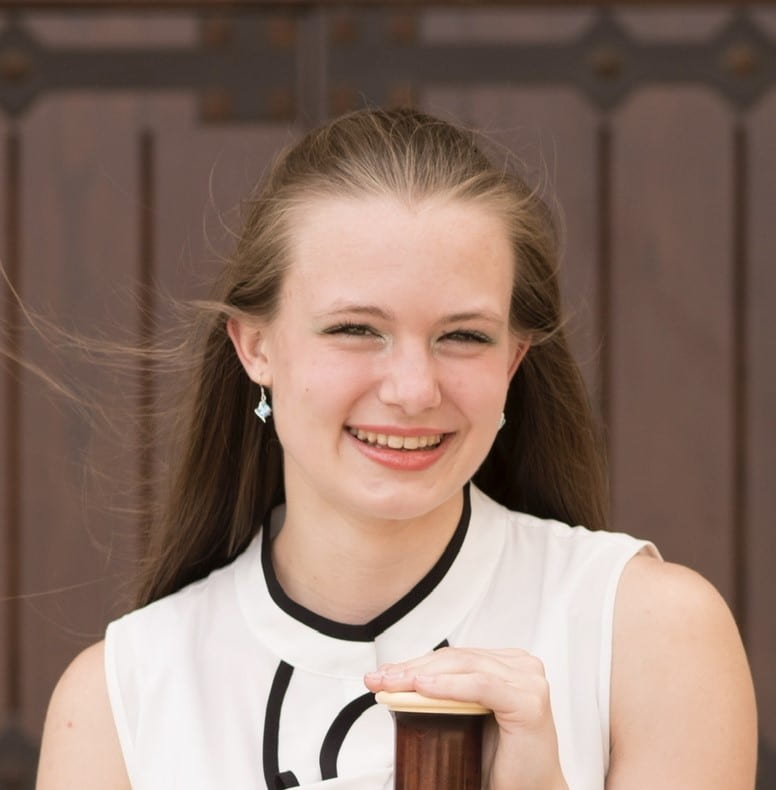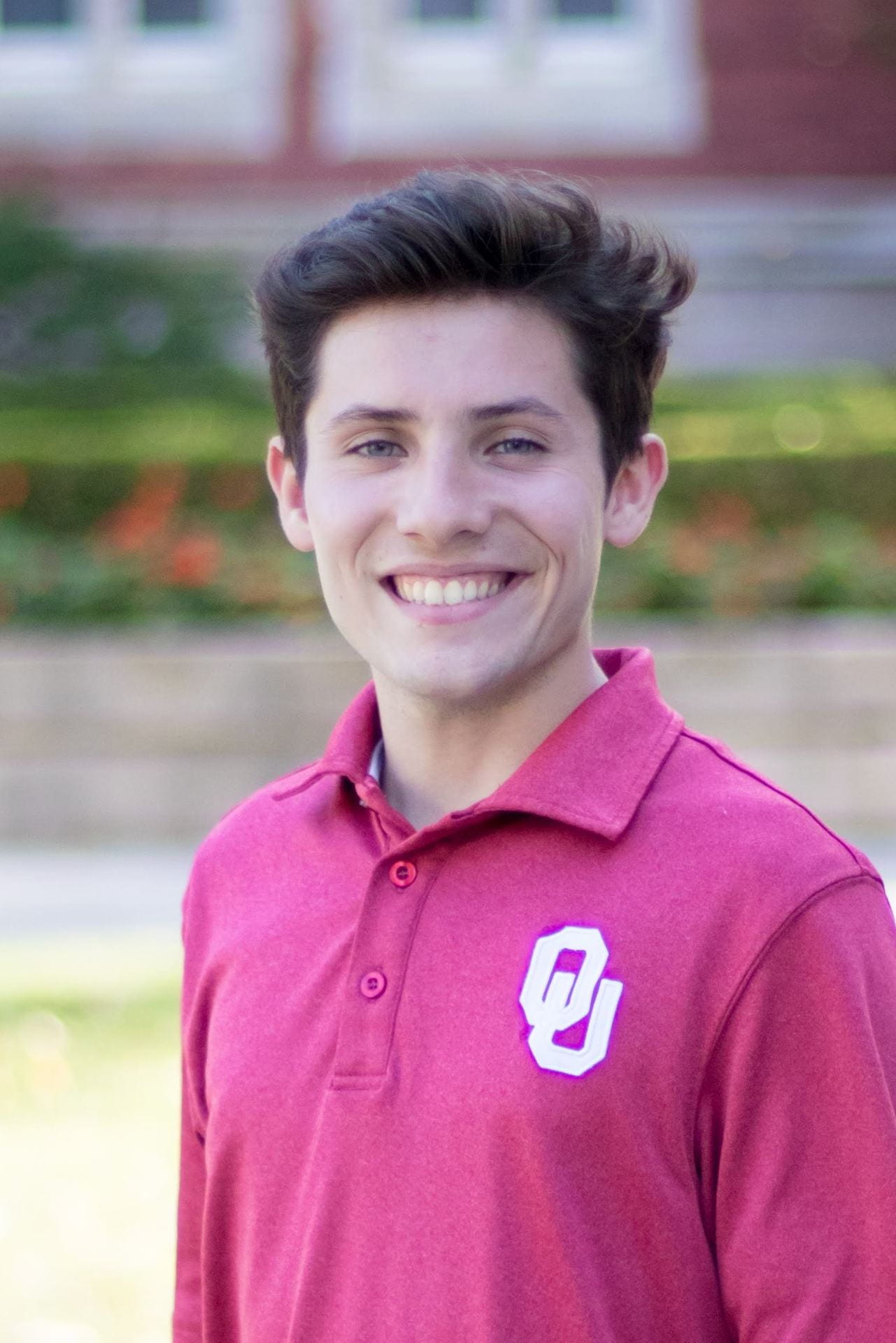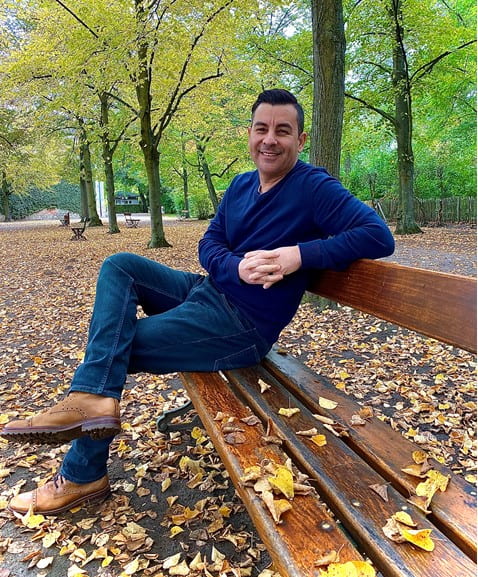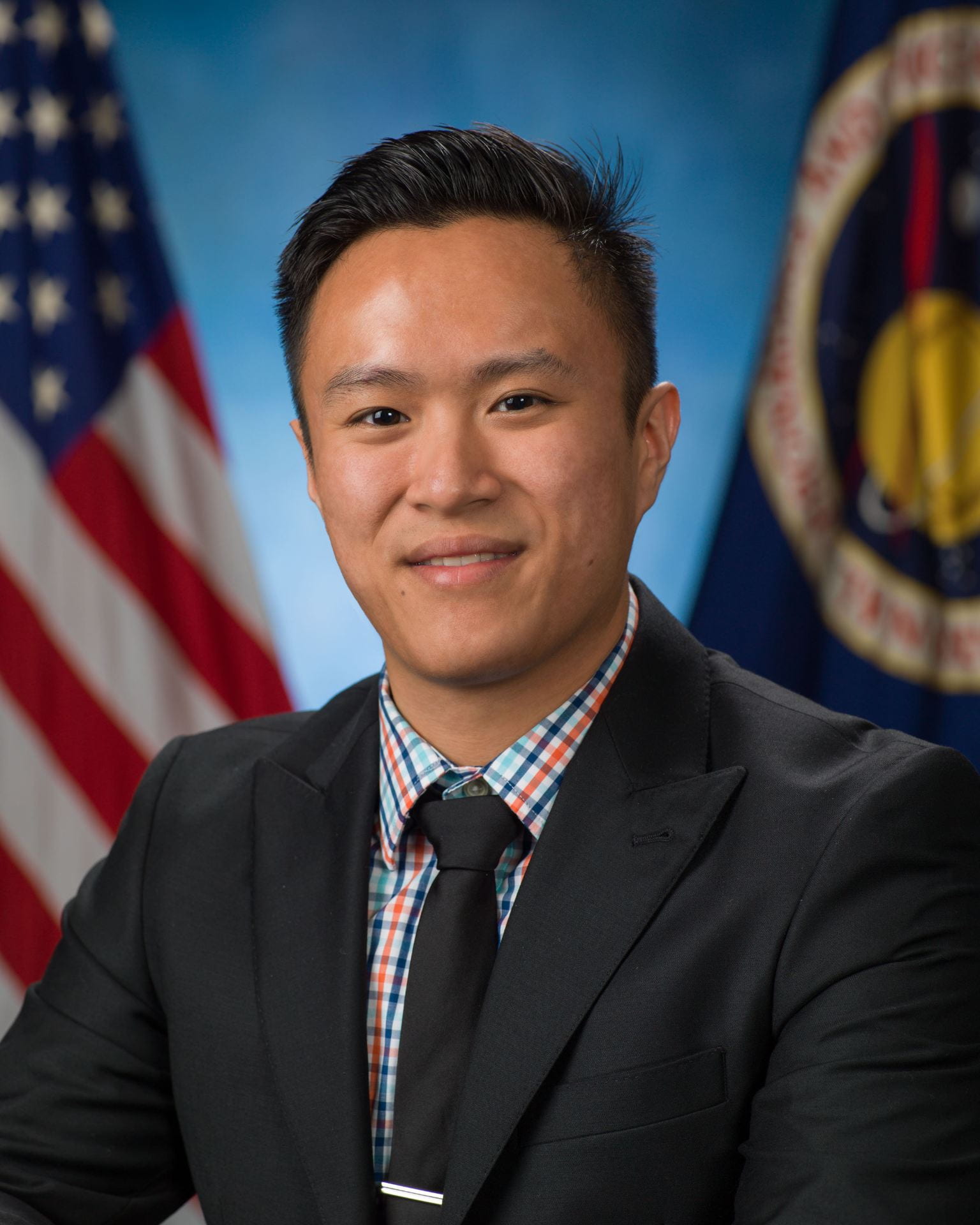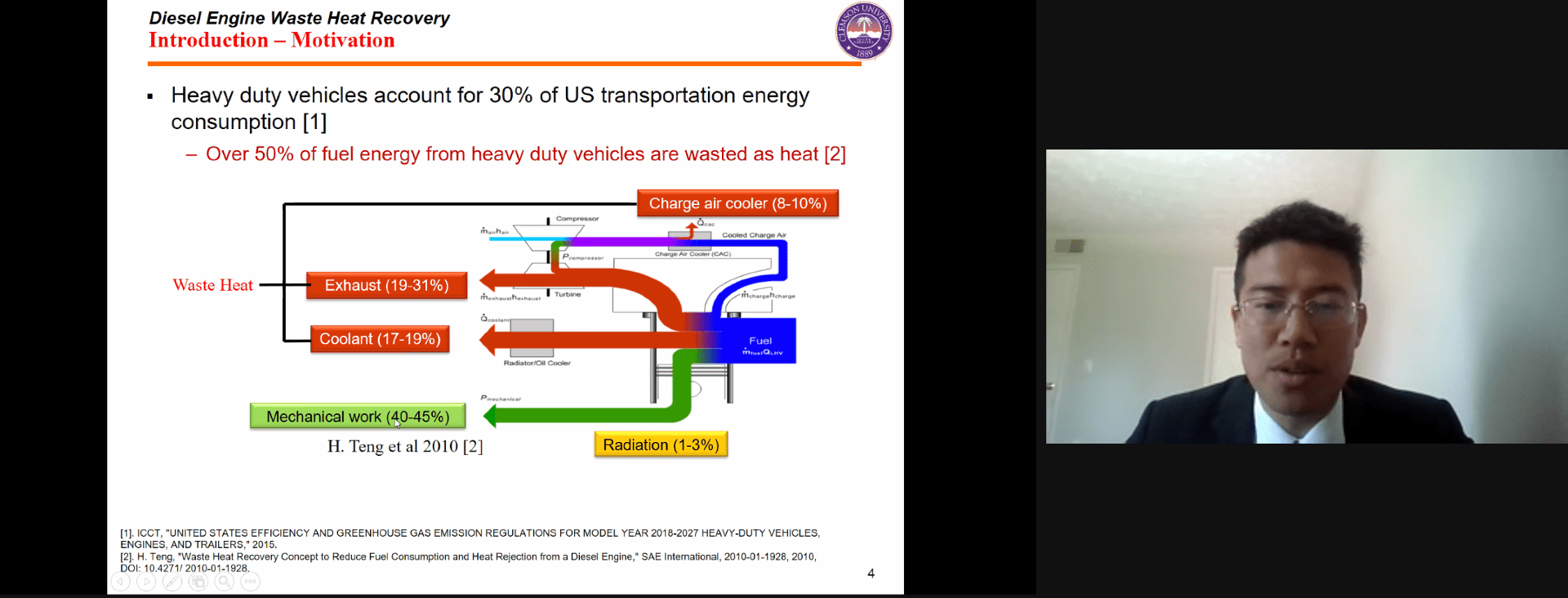
AME is proud to share that Parisa Marashizadeh, a Ph.D. candidate in Mechanical Engineering, has received the Nancy Mergler and Bullard Dissertation Completion Fellowship! This fellowship is awarded to doctoral candidates who are in the final phases of dissertation writing.
Marashizadeh is originally from Iran, where she received her master’s degree in Mechanical Engineering from the Polytechnic University in Tehran in 2015. She started her Ph.D. program here at OU in 2017 where she began work with Dr. Yingtao Liu in multi-scale modeling of hybrid fiber composites.
Her work as a graduate teaching assistant at AME, “helped [her] to gain teaching skills essential to [her] academic career.” Marashizadeh also enjoys, “working with the kind and supportive staff, faculty members, and students.”
During her research, she has evaluated the interfacial properties of ZnO nanowires hybrid fiber-reinforced composite structures numerically at multiple length scales. The applications of fiber-reinforced composites have increased significantly in different engineering fields due to their outstanding properties, such as lightweight and high strength. For example, 50% of the Boeing 787 Dreamliner is made of fiber composites. The strength and toughness of composites greatly depend on the fiber-matrix adhesion (interface) properties through multiple length scales.
“With the [Nancy Mergler and Bullard Dissertation Completion Fellowship],” Marashizadeh says, “she has time in the last semester to, dedicate to completing [her] dissertation.” She says, “every Ph.D. student struggles with the last semester, it’s difficult to complete your dissertation, prepare your defense plan, and look for a PostDoc position.” She’s very grateful for the award and would like to thank Dr. Liu for supporting her. Marashizadeh plans to receive her Ph.D. in the Spring of 2022, and afterward, she hopes to find a PostDoc position.
Marashizadeh’s advice to students is to, “fall in love with what you are doing and try your best because each of us can do a lot we just need to be focused and try.”
Below is a full summary of Marashizadeh’s research importance and accomplishments. Congratulations Parisa!
The applications of fiber-reinforced composites have increased significantly in different engineering fields due to their outstanding properties, such as lightweight and high strength. For example, 50% of the Boeing 787 Dreamliner is made of fiber composites. The strength and toughness of composites greatly depend on the fiber-matrix adhesion (interface) properties through multiple length scales. One novel approach to enhance the fiber/polymer adhesion properties is growing Zinc Oxide (ZnO) nanowires on the fiber surface. It is very critical for industrial companies to evaluate the impact of hybrid composites on the performance of the structures before considering them for production. However, due to the complexity of the theoretical and experimental analysis of such a hybrid structure, especially the nanomaterials, numerical analysis is required to understand this system’s efficiency on the performance of the composite.
In this research work, a numerical approach is developed to evaluate the enhanced properties of the hybrid composite structures by breaking the complicated system into multiple levels and investigate the properties of each level separately. There are four different length scales in the hybrid composites, which can be summarized as (a) ZnO nanowires with various diameters and lengths at the nano-scale, (b) the intermediate composition in which ZnO nanowires are grown on the fiber and embedded in the matrix (micro-scale), (c) the adhesion bonding between the fiber and the matrix (meso-scale), (d) the overall properties of the hybrid composite, the related failure analysis and performance of the structure at different loading conditions (macro-scale). Each of the mentioned length scales has its specific theories and properties that should be explored to evaluate the hybrid structure’s performance. Multi-scale modeling is developed in my research to make a bridge between the analysis at different scales to estimate the general behavior of structures containing materials at different length scales. The overall goal of multi-scale modeling techniques for hybrid composites is to combine the mechanical theories at different length scales and understand their static and dynamic behaviors under various loads and environmental conditions.
The dissertation elements and the completion plan is based on the steps in the multi-scale approach. According to the research plan, the dissertation is categorized into two main parts. The first part, which covers around 60% of the total dissertation, consists of the micro-scale, meso-scale, and macro-scale analysis. These three parts are completed, and the results are published in three journal articles and two conference papers.
The second part weighing around 40% of the dissertation, is based on the atomistic modeling and analysis of the hybrid composite materials. According to Marashizadeh’s research plan, the nano-scale analysis itself is divided into two sections. In the first part, the atomic structure of a single ZnO nanowire, polymer matrix chain, and Carbon fiber is simulated. The materials are assembled, and Molecular Dynamics (MD) simulation is employed to evaluate the adhesion strength between graphene and the matrix. This analysis part is completed, and a journal article has been prepared based on the obtained results. The article has been submitted and is under review. In the second part of the nano-scale section, the effect of multiple ZnO nanowires’ diameters and lengths on improving the interfacial adhesion between fiber and enhancement layer are being explored. She plans to complete this section by July 2021 and prepare another journal paper based on the outcome. Then, Marashizadeh will combine all the numerical analyses performed at different levels and develop a multi-scale framework to report the impact of grown ZnO nanowires on the properties of the hybrid composites.

